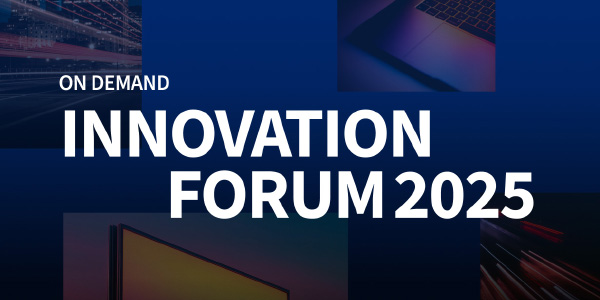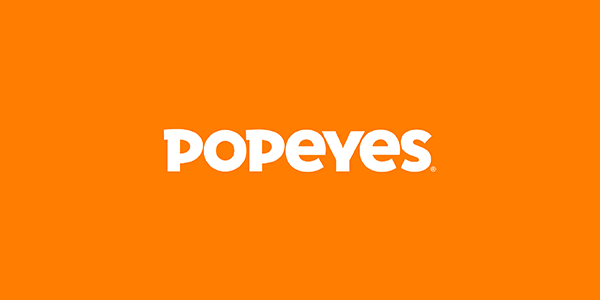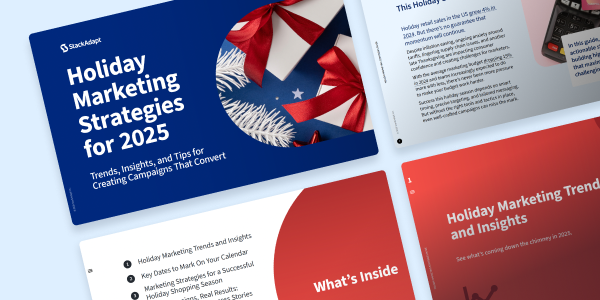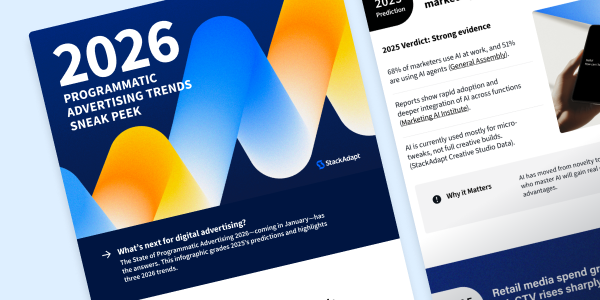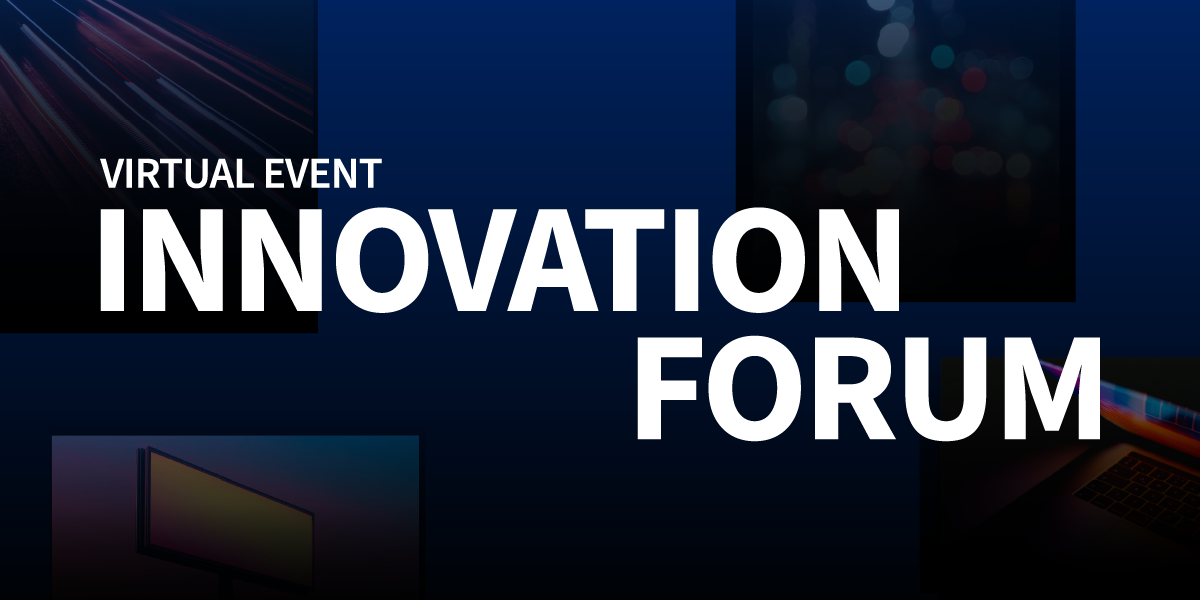The AI Advertising Podcast: S2
Episode 1
AI Search and the Future of Advertising
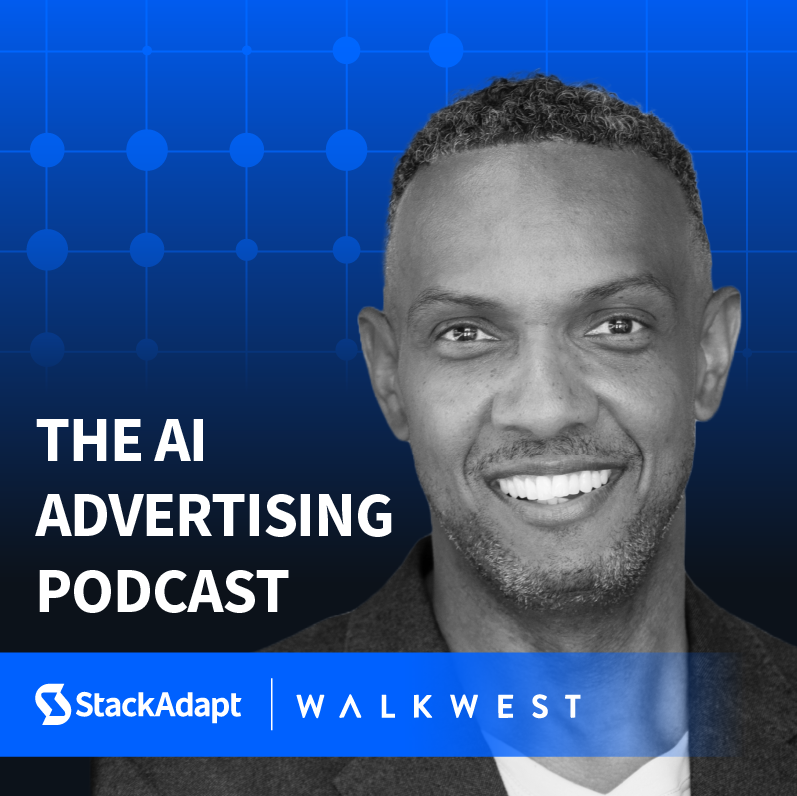
About This Episode
As AI Overviews begin to dominate Google search results, marketers face a stark new reality: fewer clicks, fuzzier attribution, and a fundamental shift in how users discover and engage with content.
This episode unpacks the rise of AI-powered search and what it means for the future of advertising.
Greg Boone | CEO, Walk West
Michael Shang | SVP of Advertising Technologies, StackAdapt
Transcript
Diego Pineda (00:00:00)
Welcome to Season 2 of The AI Advertising Podcast, the show where we pull back the curtain on the world of AI-driven advertising. Before we dive into today’s episode, I want to tell you about something exciting—StackAdapt’s Innovation Forum, happening October 28 in Toronto. It’s your chance to see how StackAdapt is transforming the future of advertising. You’ll get a first look at new features, hear what’s coming next, and join some incredible panel discussions with industry leaders. And if you can’t make it in person? Good news—on-demand access will be available starting November 13. Don’t miss it!
Here’s some data that should rattle every performance marketer: Only 8% of Google search sessions with an AI Overview, result in any click to a website, compared to about 15% for searches without an AI Overview. And since AI Overviews now appear on about 18% of all Google searches, this zero‑click phenomenon affects nearly one in five queries.
Even more telling: Users end their browsing session entirely 26% of the time after seeing an AI summary, compared to 16% when only traditional listings appear.
In today’s episode, we’re unpacking what this means for advertisers, publishers, and marketers trying to reach their audiences through search.
To explore this, we’re drawing from two perspectives:
Greg Boone, CEO of Walk West, who’s sounding the alarm on the structural changes AI is bringing to the marketing discipline.
And Michael Shang, SVP of Advertising Technologies at StackAdapt, who’s tracking real-time shifts in traffic sources and experimenting with AI-native ad placements.
Ready? Let’s go.
Podcast Intro (00:01:57)
Welcome to the AI Advertising Podcast, brought to you by StackAdapt. I’m your host, Diego Pineda. Get ready to dive into AI, Ads, and Aha moments.
Diego Pineda (00:02:13)
AI has introduced a new layer in the digital attention economy. Content is no longer evaluated by human audiences, but rather filtered, interpreted, and ranked by machines. Greg Boone puts it this way:
Greg Boone (00:02:28)
The fundamental thing is people have to acknowledge that this is not just an algorithmic shift, it’s an entire business model shift, right? For Google to disrupt their own ad business to go this path, I always tell folks, I’m like, what was their choice? They had a Blockbuster meets Netflix moment and they had to meet the market where it was. As folks started to, you know, really embrace what it is to have a conversational, I don’t like to call it search ’cause it’s not, I’m having a discussion with AI. I’m having a conversation. I wasn’t searching for anything. Right? I was, I always tell folks I don’t AI search, I do AI research. It’s a much deeper level of engagement, and I think that’s really hard for the marketing folks out there to really understand and grasp, not just marketers, business folks in general, right.
All of the metrics that we’ve looked at historically, don’t actually line up the same way in the age of AI. And especially when things move to AI overviews and AI search is starting to, you know, become more prominent, the way that folks are, are trying to gain information. So we do have to think about marketing in a very different way.
I would say that we should have been thinking about marketing in a different way for the last decade. Right? And moving away from so many of the vanity metrics, like, yes, I get the leading indicators, but really trying to get at the heart of what does business need. You know, a lot of times it’s, and I’m not trying to diminish what we do as marketers ’cause I think it can be very strategic, but I think at times we’ve kind of lost our way.
And AI is kind of revealing us. AI will reveal you. And I think what it’s revealed is that we have become more of a process-oriented culture. And now we have to figure out, alright, the process has changed, the workflows have changed. How do we speak to a different set of audiences? Oh, by the way, not all of them will be human. And that there’s like a mindset shift that has to happen quickly with marketers even beyond the algorithms.
Diego Pineda (00:04:16)
That deeper engagement means users are asking more detailed questions, getting richer answers, and often stopping there. For marketers, that’s a problem. You’re not just losing visibility—you’re losing the opportunity to convert.
Michael Shang is seeing this shift in real time. AI tools are now major players in referral traffic—even if the clicks don’t always follow:
Michael Shang (00:04:42)
Basically, what’s happening with LLMs now is that instead of having you people go through the traditional gatekeepers, now there’s one new interface and potentially how people have been thinking about is that potentially this can become an operating system.
And people can just simply go through that one simple user interface and be as generic as possible and then discover very personalized content to what you’re liking. And we are seeing this happening I think in terms of people migrating from search to LLM in specific categories such as writing, editing, help, learning and tutoring, trip planning and recipes. I think people can relate to that. Careers, resume help, writing business cases, research analysis, and so forth. So that is the kind of things we have seen, the migration from search engine to LLM. So to a certain degree, people would, distinguish those two things as one of them being the traditional search engine and the LLM being the do engine and that helps you do things.
You have specifically two motions. One of them is more of a push motion where you push ads to the content people are consuming and the other the other one is more of a pull motion, which is highly relatable when it comes to search. That is when you’re searching something you’re pulling information and therefore the most relevant kind of product or content will be surfaced to you in that fashion.
So if we believe that people continue to consume content, then we believe advertising push environment will continue to thrive.
Now, it’s more about the composition, about push and pull in the specific case and the how the dynamics shifting. Overall, advertising, we believe that advertising is a function of the GDP. Just as long as you have an economy, advertising will be quite important. The composition of which is shifting and we’re paying close attention to that. And there’s a new gatekeeper being introduced, but how that’s going to turn out is still yet to be seen.
Diego Pineda (00:07:01)
All of this is already showing up in traffic reports. Publishers like Wikipedia and even The New York Times are watching organic and referral traffic slip. Boone sees this as part of a broader crisis.
Greg Boone (00:07:14)
The only way that you’re gonna get picked up by these large language models, it’s not gonna be just because of your blog. Other people have to be talking about you, right? You have to show a level of authority, right? We have what, you know, I described this whole era as the lead flow crisis. And it’s the combination of what you, you know, you’re describing with the AI overviews and AI search. But it’s also, I tell folks, cold email you probably will never convert me. I said, there’s two forms of cold email to scam and spam, right? And if you’re spending all of our time trying to figure out which one of those two things, it’s gonna be very challenging, right? And so you have to learn how to get picked up, not just by AI search, but you still need to do the traditional things.
I don’t know if you’re familiar with the CloudFlare data that came out recently. It used to be for every two pages that Google scraped, you got one visit, right then it was six pages to one visit. Then in the last six months, it’s been 18 pages. Now you move over to the AI search side of things. ChatGPT was what? Every 1500 pages scraped, one visit. And then I think Claude was even worse, like 6,000 to every one visit. The point being, even if you show up there, right, it’s gonna be very challenging. So you’re gonna have to flood the zone with a lot of relevant content, hyper-personalized content. So we think about strategically some of the things that we need to do. Now we actually have tools that can do that. Now, do we have the stomach and the stamina to be able to deliver on this vision? I think the marketers and the organizations, the growth companies that can do hyper-personalization at scale are gonna win in the age of AI and specifically in AI search, because you’re gonna just have to have more relevant content more often.
Diego Pineda (00:08:46)
It’s no longer enough to write for humans. Your content must speak fluently to machines, using structure, intent, and natural language cues that large language models can parse and prioritize.
Diego Pineda (00:09:03)
So what does advertising look like in a world where AI handles the top of the funnel?
Boone’s answer? Visibility is the key. And visibility comes from trust signals—third-party validation, citations, and brand authority. He has even created a four-pronged framework for this.
Greg Boone (00:09:23)
It’s kind of a baseline that we use, I call it our four P strategy, which is podcast, partnerships, paid media, and public relations. And I think of it as a unified comms framework. And what I try to get across, and so I break it down for folks, I’m like the podcast, what that really is about is the perfect medium for personality-led growth, right?
At the end of the day, 49% of your brand is directly tied to your CEO’s brand, your executives’ brand. And the smaller your organization, the larger that percentage is. So the reality of what I’m trying to get at here is that your personality matters. It used to be, you know what, you know, then it was who you know now, it’s who knows you, right? And a lot of bigger brands have a lot of brand equity, so they don’t have to play the same game that, say a middle market or lower company needs to play. So the podcast was really just about personality-led growth.
So whether that’s you’re doing webinars weekly, it’s consistently getting a face and a voic,e an evangelist out there talking about your brand, your products, your solutions, right? And it also gives you an opportunity to be cited by others to then show up in the AI search.
The second P is partnerships. Partnerships is really around what I describe as community-led growth, right? I always use the same adage of, hey, the ocean that was Google that we all fished in has dried up. What ponds are you gonna fish in now? And so what I’m trying to get across to folks is you have to have your own newsletter. You have to have other communities. Affiliate market. You have to have partners in communities that have their own ponds to fish in.
The third P is paid media, right? I fundamentally believed last year and going into this year, people are going to gravitate towards that ’cause they have greater control, they have better understanding of how paid media works, right? It doesn’t get as caught up and gobbled as it relates to, you know, the AI search and the AI mode, AI overviews. So now the challenge that’s gonna create is everybody’s gonna gravitate there. We’ll be great for your business, right? But at the same time, it’d be very challenging with everyone’s trying to compete.
And then the last P is PR or you know, public relations. I’ve seen people not use this to their advantage. Again, go back to seeing heard and cited. You need to make sure that you’re showing up in other outlets. You need to show up in places. A lot of times people are using PR just for crises, right? You need to be talking about all the great things and as marketers, I always call marketers out, it’s like we do a terrible job of the great things that we are doing and the great things that a lot of our companies are doing, and we’re waiting for this big bang thing, right? Take a drop marketing approach and put out things every two weeks. Make sure that they’re, you’re making the headlines so that you can show up and be seen, heard, and cited.
Michael Shang (00:11:55)
I think the logical assumption is associated with where users spend the most amount of time. Let’s say you can divide your attention, that 24 hours attention to certain platforms. Which platforms has the most amount of your attention?
When you look at that specific analysis, then you realize that it’s quite important to occupy as much attention as possible with the highest quality of ads or highest quality of information to make sure people are interested.
So when we think about where we spend the most amount of attention, how much time we spend on ChatGPT or LLMs versus how much time we spend on TV? It’s very simple. And then how much time can we spend in the TV commercial environment? And then becomes much more complex, obviously, when we get into the funnel building process. But fundamentally, this is about how we can get user’s quality attention.
Diego Pineda (00:12:56)
In a fragmented landscape, measurement becomes both harder and more essential.
Greg Boone (00:13:01)
Attribution for the next two years is gonna be the greatest challenge every market is gonna face, It is about as fuzzy as it can be to tie together the actions that we’re taking. Now you’re talking about, you know, traditionally people talk about marketing in this funnel.
That’s a misconception, right? We’re not in an era of a funnel. It’s more like a highway where people are coming on and off throughout, right? Different exits in there, coming through different channels. But I think folks need to understand that attribution is gonna be increasingly, you know, more challenging. But we are all trying to figure this out in real time. What I would say is you have to break down, if I look across my four P strategy. I have to break it down by those sources, right? And see what that ROI looks like. And I have to constantly be deliberate.
So if I’m looking at podcasts. You know, was there some direct or indirect revenue? Because, you know, someone was a guest on our show. Podcasts are great unlock, webinars are great unlocks.
We start talking about the partnerships in communities, more challenging. The paid media’s a lot more straightforward. The PR is probably the fuzziest. It’s probably people don’t, but it’s also one of the lower-cost things if you’re doing it right. There’s no silver bullet, there’s no magic bullet, whatever the phrase you want to use. Every true marketer that is late on the cutting edge of this will be open and honest and say, ‘There’s no way right now to fully, you know, give attribution with these KPIs.’ And all the KPIs are gonna have to be reracked pretty quickly here.
Diego Pineda (00:14:23)
Michael Shang believes the changes are more subtle.
Michael Shang (00:14:26)
I don’t think the metric we’re tracking will change. The most important one won’t change because people spend money on advertising to drive sales. So the measure will always be revenue or sales. How you want to maybe break down that revenue, because revenue is price times quantity, right? So how you want to break down the P and the Q might be different.
I’m not sure how different that will be, but yes, there could be new nuances as in how it relates to LLM. But let’s go assume for any brand or any publisher, they have two environments. That’s the web and the app environment for now.
So I think we can still look at the same thing, even for web environment, we understand exactly where LLM is driving results. From a referral traffic standpoint, how much is contributing to referrals, so on and so forth. So I think it’s changing, but also at the same time, the ground is really now shifting much.
Diego Pineda (00:15:20)
The solution? Start with what you can measure. Tie performance back to your four Ps. Optimize for both brand lift and AI lift. And most importantly, shift your mindset.
If you’re still running the 2022 playbook, you will get replaced.
Diego Pineda (00:15:40)
So what do we take away from all this?
First, the age of AI search is here—and it’s reshaping not just how content is found, but whether it gets clicked at all.
Second, organic traffic is becoming harder to earn. Showing up in search results isn’t enough; you have to be cited, trusted, and machine-readable.
Third, ad strategy must evolve. That means understanding how LLMs perceive your brand and exploring placements inside AI interfaces—not just around them.
Fourth, attribution is messy, but not impossible. Focus on visibility, relevance, and repeatable outcomes across diverse channels.
And finally, mindset matters. Learning, adapting, and upskilling aren’t optional—they’re the baseline for staying competitive.
Podcast Outro (00:16:38)
Thanks for listening to this episode of The AI Advertising Podcast. This podcast is produced by StackAdapt. Visit us at stackadpat.com for more information about using AI in your advertising campaigns. If you liked what you heard, remember to subscribe, and we’ll see you next time.
